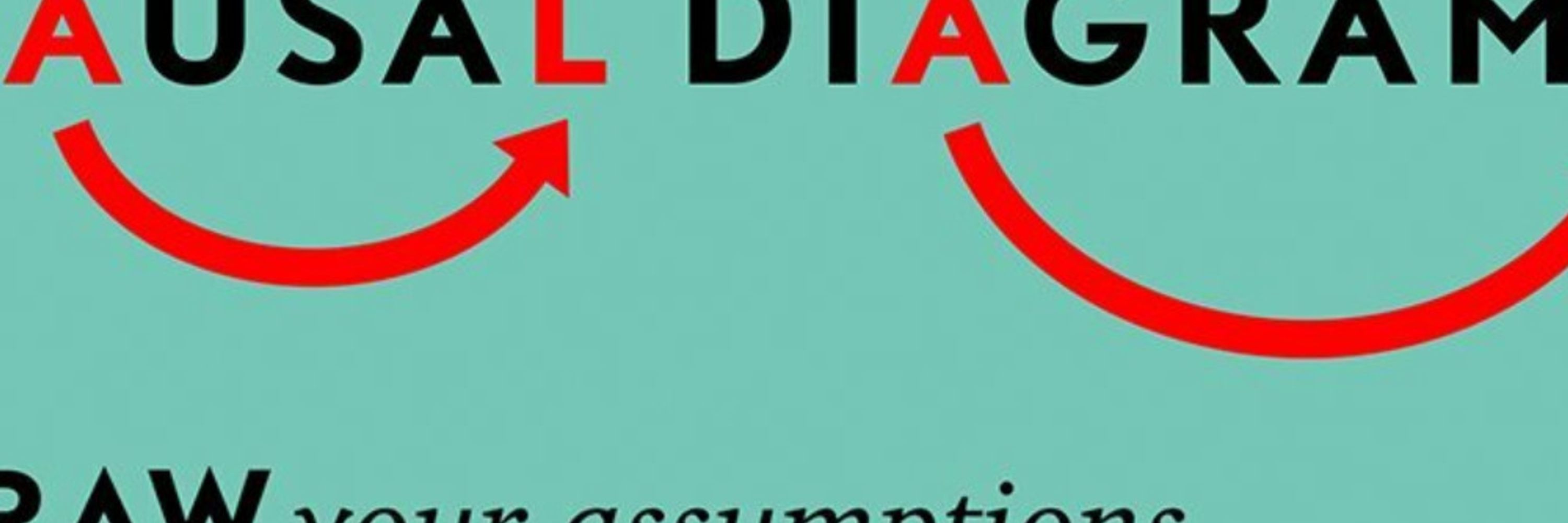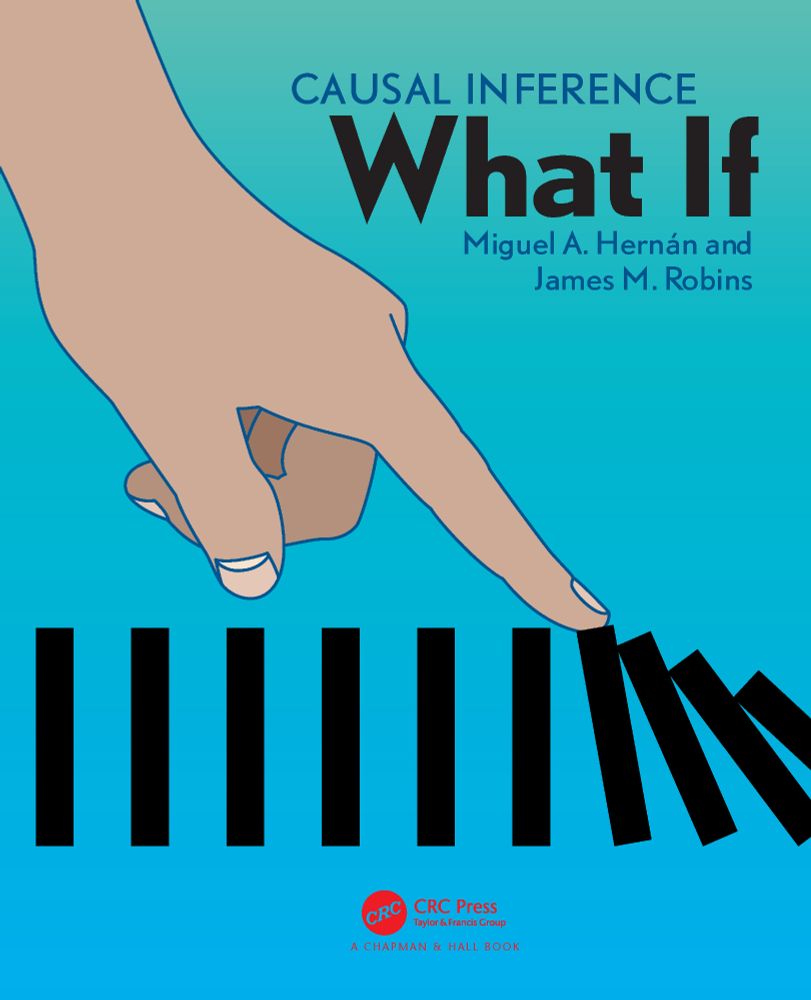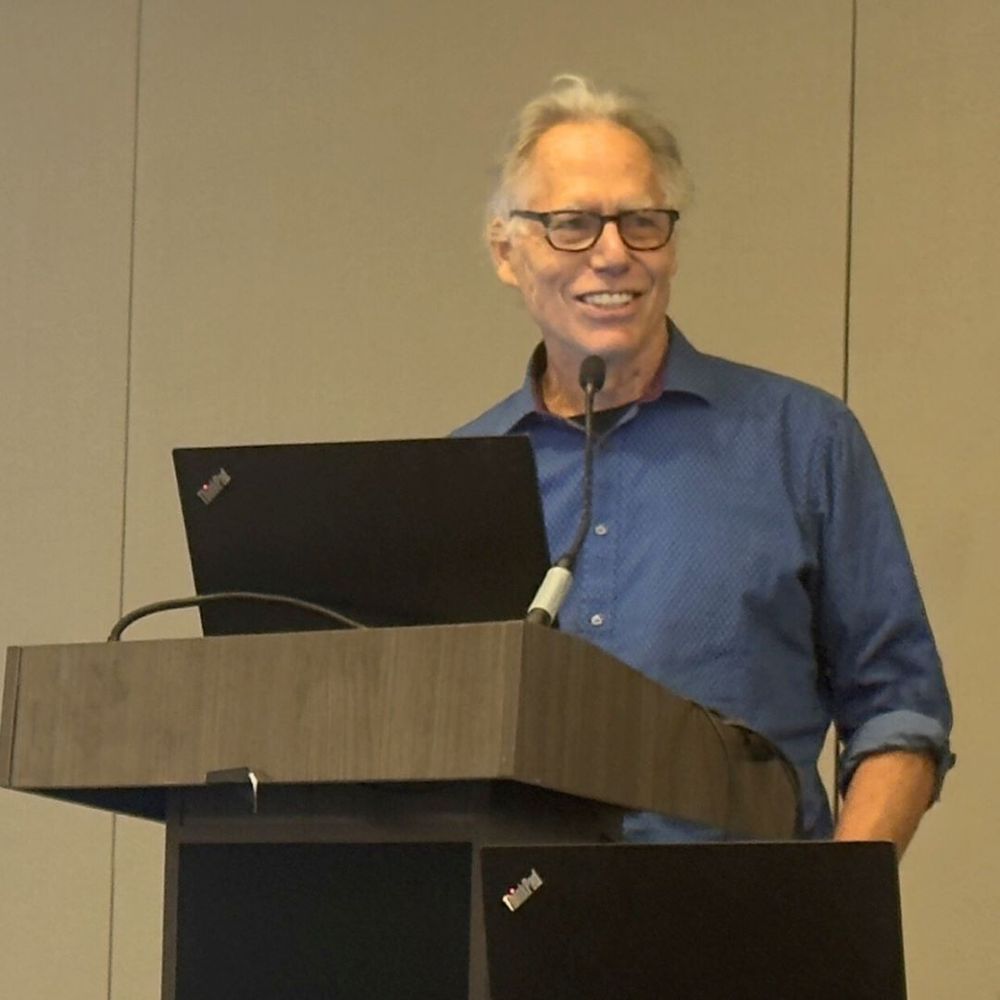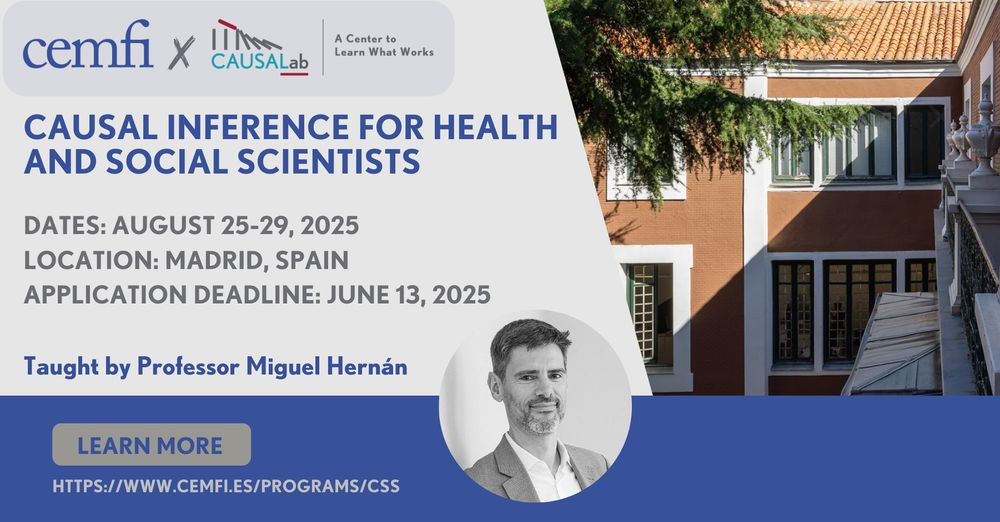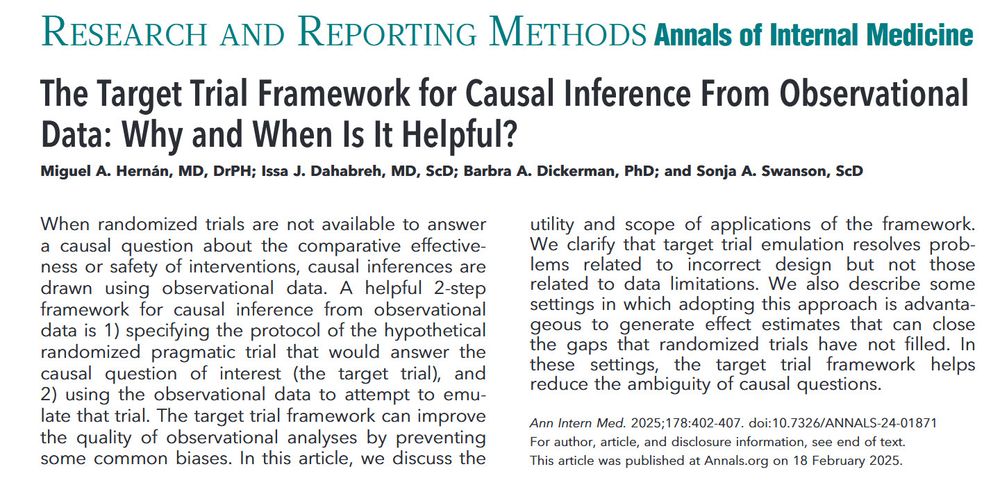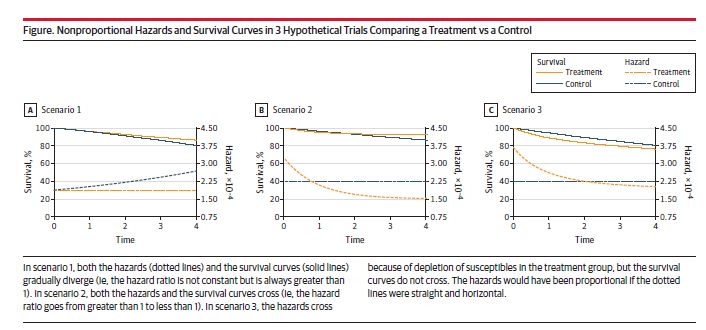Miguel Hernan
@miguelhernan.org
8.2K followers
120 following
33 posts
https://miguelhernan.org/
Using health data to learn what works.
Making #causalinference less casual.
Director, @causalab.bsky.social
Professor, @hsph.harvard.edu
Methods Editor, Annals of Internal Medicine @annalsofim.bsky.social
Posts
Media
Videos
Starter Packs
Pinned
Reposted by Miguel Hernan
Miguel Hernan
@miguelhernan.org
· Sep 3
Reposted by Miguel Hernan
Reposted by Miguel Hernan
Reposted by Miguel Hernan
Miguel Hernan
@miguelhernan.org
· Feb 18
Miguel Hernan
@miguelhernan.org
· Feb 3
Miguel Hernan
@miguelhernan.org
· Feb 3
Miguel Hernan
@miguelhernan.org
· Feb 3
Miguel Hernan
@miguelhernan.org
· Feb 3
Miguel Hernan
@miguelhernan.org
· Nov 26

Seven myths of randomisation in clinical trials - PubMed
I consider seven misunderstandings that may be encountered about the nature, purpose and properties of randomisation in clinical trials. Some concern the practical realities of clinical research on pa...
pubmed.ncbi.nlm.nih.gov
Miguel Hernan
@miguelhernan.org
· Nov 26
Miguel Hernan
@miguelhernan.org
· Nov 26
Miguel Hernan
@miguelhernan.org
· Nov 26
Miguel Hernan
@miguelhernan.org
· Nov 26
